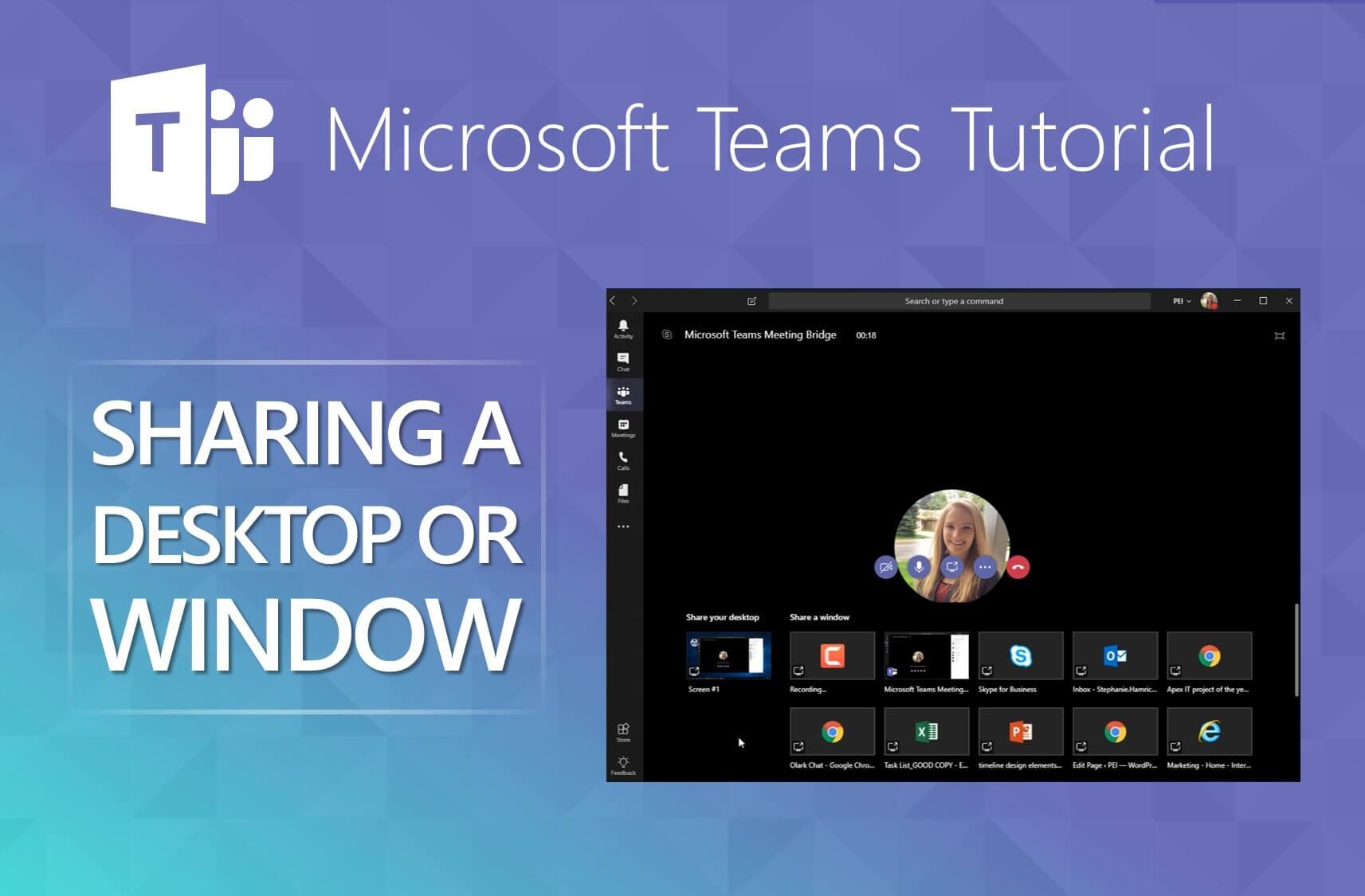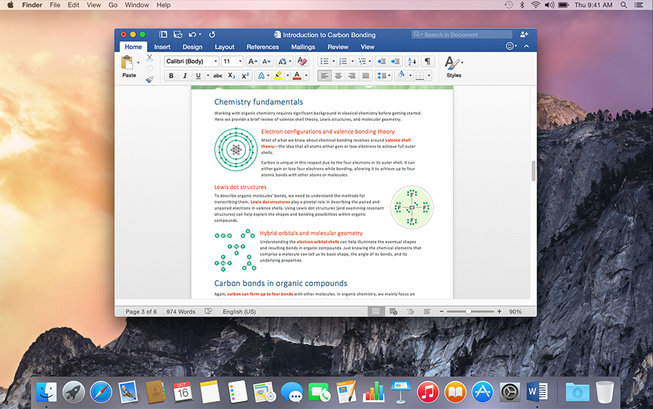Microsoft Teams Screen Sharing Mac
Turn Mac screen sharing on or off. You can use screen sharing to access your Mac while you’re away, solve a problem on someone else’s Mac, or collaborate with others on a project such as a website or presentation. Microsoft Teams; In this article. Desktop sharing lets users present a screen or app during a meeting or chat. Admins can configure screen sharing in Microsoft Teams to let users share an entire screen, an app, or a file. You can let users give or request control, allow PowerPoint sharing, add a whiteboard, and allow shared notes. Our devices should work together as flexibly as we do. Video meetings traditionally limit each person to one device at a time, but many meeting tasks would be easier with two. In Microsoft Teams you can now use your computer and phone together in meetings, without conflict, for more flexible communication, sharing, and control. Microsoft Teams and macOS Catalina (10.15) broken screen sharing Alright, so an issue I’ve been having pretty much ever since upgrading to macOS Catalina is screen sharing. Primarily in Microsoft Teams, but other apps seem to be affected as well. You can open a list of keyboard shortcuts in the Microsoft Teams on Mac app. Press Command+E to move the focus to the search field at the top of the screen, type.
Desktop sharing lets users present a screen or app during a meeting or chat. Admins can configure screen sharing in Microsoft Teams to let users share an entire screen, an app, or a file. You can let users give or request control, allow PowerPoint sharing, add a whiteboard, and allow shared notes. You can also configure whether anonymous or external users can request control of the shared screen.
To configure screen sharing, you create a new meetings policy and then assign it to the users you want to manage.
- Desktop Mobile Record your meetings in Teams to capture audio, video, and screen sharing activity. The recording happens in the cloud, and is saved to Microsoft Stream, so you can share it securely across your organization. Note: Whiteboards and shared notes are not currently captured in meeting recordings.
- Open Teams on your mobile phone when you're already in a meeting on another device. You'll see a message at the top of your mobile screen with an option to join the meeting. Tap Join to add your phone as a companion device. If you join this way, we'll mute your companion device's mic and speaker to avoid causing an echo effect.
In the Microsoft Teams admin center
Select Meetings > Meeting policies.
On the Meeting policies page, select New policy.
Give your policy a unique title and enter a brief description.
Under Content sharing, choose a Screen sharing mode from the drop-down list:
- Entire screen – lets users share their entire desktop.
- Single application – lets users limit screen sharing to a single active application.
- Disabled – Turns off screen sharing.
Turn the following settings on or off:
- Allow a participant to give or request control – lets members of the team give or request control of the presenter’s desktop or application.
- Allow an external participant to give or request control – lets guests and external (federated) users give or request control of the presenter’s desktop or application.
- Allow PowerPoint sharing - lets users create meetings that allow PowerPoint presentations to be uploaded and shared.
- Allow whiteboard – lets users share a whiteboard.
- Allow shared notes – lets users take shared notes.
Click Save.
Use PowerShell to configure shared desktop
You can also use the Set-CsTeamsMeetingPolicy cmdlet to control desktop sharing. Set the following parameters:
- Description
- ScreenSharingMode
- AllowParticipantGiveRequestControl
- AllowExternalParticipantGiveRequestControl
- AllowPowerPointSharing
- AllowWhiteboard
- AllowSharedNotes
Learn more about using the csTeamsMeetingPolicy cmdlet.
-->When you need to communicate and collaborate with people outside your organization, Microsoft Teams gives you two different ways to make that happen. The first – external access (federation) – lets you find, call, and chat with users in other domains (for example, contoso.com). The second – guest access – lets you add individuals to your teams, as guests, using their email address. You can collaborate with guests as you would with any other users in your organization.
You can use both external access and guest access if you want - one doesn't preclude the other.
At a high level, here’s how to choose (for a detailed comparison, jump down to Compare external and guest access):
External access
Use external access (federation) when you need a solution that lets external users in other domains find, call, chat, and set up meetings with you. External users have no access to your organization's teams or team resources. Choose external access when you want to communicate with external users who are still on Skype for Business (online or on premises) or Skype (coming in early 2020).
External access is turned on by default in Teams, which means your org can communicate with all external domains. The Teams admin can turn it off or specify which domains to include (or exclude). To learn more, read Manage external access.
Does mac come with some type off microsoft office. If you want external users to have access to teams and channels, guest access might be a better way to go.
Mac Catalina Microsoft Teams Screen Sharing
Guest access

Use guest access to add an individual user (regardless of domain) to a team, where they can chat, call, meet, and collaborate on organization files (stored in SharePoint or OneDrive for Business), using Office 365 apps such as Word, Excel, or PowerPoint. A guest user can be given nearly all the same Teams capabilities as a native team member. To learn more, read Guest access in Teams.
- Guests are added to your organization’s Active Directory.
- To communicate with a guest, the guest has to be signed in to Teams using their guest account. This means that a guest may have to sign out of their own Teams account to sign in to your Teams account.
- Guest users have access to more resources in Teams - such as files, teams, and channels - than external-access (federated) users.
- The Teams admin controls everything that a guest can (or can’t) do in the Teams admin center. To learn more, read Manage guest access.
Microsoft Teams Share Desktop
If you're ready to turn on guest access in your organization, start with the Guest access checklist.
Compare external and guest access
| Feature | External access users | Guest access users |
|---|---|---|
| User can chat with someone in another company | Yes | Yes |
| User can call someone in another company | Yes | Yes |
| User can see if someone from another company is available for call or chat | Yes | Yes1 |
| User can search for users across external tenants | Yes2 | No |
| User can share files | No | Yes |
| User can access Teams resources | No | Yes |
| User can be added to a group chat | No | Yes |
| User can be invited to a meeting | Yes | Yes |
| Additional users can be added to a chat with an external user | No3 | N/A |
| User is identified as an external party | Yes | Yes |
| Presence is displayed | Yes | Yes |
| Out of office message is shown | No | Yes |
| Individual user can be blocked | No | Yes |
| @mentions are supported | Yes4 | Yes |
| Make private calls | Yes | Yes |
| Allow IP video | Yes | Yes |
| Screen sharing mode | Yes4 | Yes |
| Allow meet now | No | Yes |
| Edit sent messages | Yes4 | Yes |
| Can delete sent messages | Yes4 | Yes |
| Use Giphy in conversation | Yes4 | Yes |
| Use memes in conversation | Yes4 | Yes |
| Use stickers in conversation | Yes4 | Yes |
1 Provided that the user has been added as a guest and is signed in as a guest to the guest tenant.
2 Only by email or Session Initiation Protocol (SIP) address.
3 External (federated) chat is 1:1 only.
4 Supported for 1:1 chat for Teams Only to Teams Only users from two different organizations.

